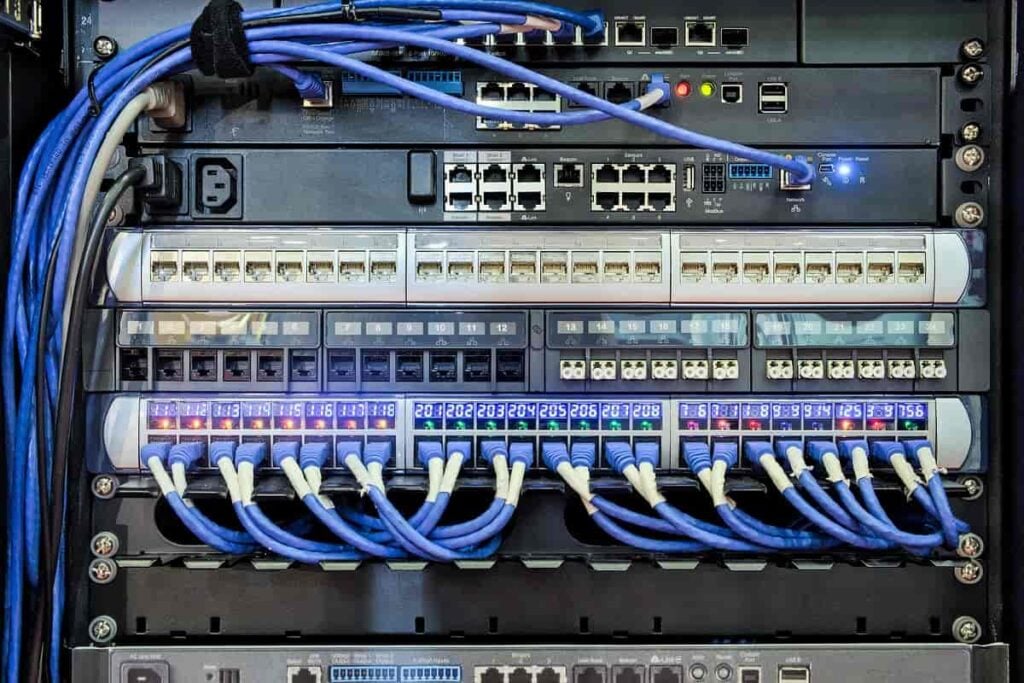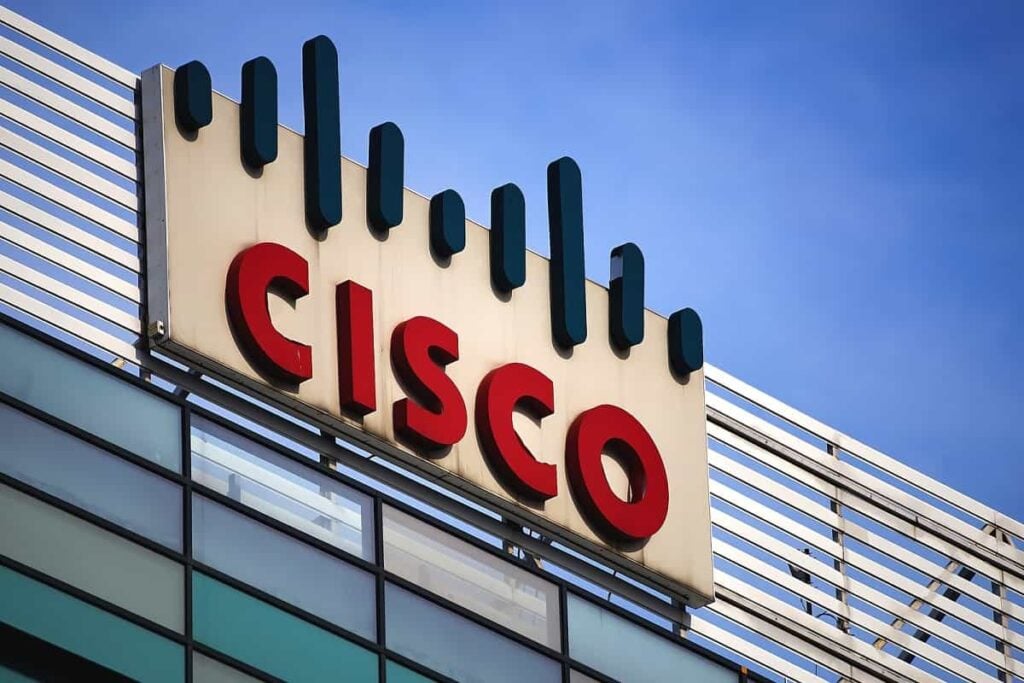Datadog vs Dynatrace vs Splunk: The Best Stock Is?
Table of contents
Table of contents

Bigger is usually better. The term “economies of scale” is often used to describe how larger firms can operate more efficiently than smaller ones. The larger a firm becomes, the more difficult it is to compete with them. There are several key measures we use to identify which companies are the biggest within any given space – market cap and revenues. But what happens if neither metric provides us with a clear picture of who the leader is?
Investing in APM and SIEM
In last year’s article on 5 Application Performance Monitoring Stocks we looked at a number of companies selling technically complex, but very useful, services to other companies using cryptic labels such as Security Information and Event Management (SIEM) or Application Performance Monitoring (APM). While it’s tempting to start going down the rabbit hole of technical comparisons, everyone will have a different opinion, and the aggregate is just lots of noise. Instead, start by taking a holistic look at the space and decide if you want to invest in the thesis to begin with.
The lines are increasingly blurring between all these acronyms, so we’ll put it like this. The total addressable market is said to range from $60 to $100 billion, depending on who you ask, though our attraction lies in the “stickiness” of the solution. Selling a software-as-a–service (SaaS) offering that deeply embeds itself into organizations, and furthermore, gives you sales channels to key IT decision-makers so that you can sell them more stuff, is something we want a piece of. That’s why we invested in Splunk (SPLK), though that doesn’t mean you should too. Here’s a look at the major APM players under consideration by market cap.

Investors looking at this space might have arrived here because of a few popular names bandied about by pundits – Dynatrace (DT) and Datadog (DDOG) – both of which share many characteristics. The more similar companies appear to be, the more difficult it becomes to choose one. Comparitech tells us that, “It’s a dead heat. Both are suitable for businesses of all sizes, thanks to their scalable pricing structures.” Other comparisons we’ve looked at arrive at similar conclusions. Even Gartner’s MBAs list the two firms as bed fellows, at least until the next version of their Magic Quadrant.

Maybe the best approach is to create a list of key metrics that we can use to compare any two SaaS firms, such as:
- Annualized Revenues – proxy for market share captured
- Market Cap – economies of scale indicator
- Simple Valuation Ratio – relative valuation metrics, the lower the better
- Gross Retention Rate – % of customers not canceling their subscriptions
- Net Retention Rate – increased spend from existing customers
- # of Customers
- Total – breadth of offering
- # over $100K – depth of offering
- # over $1 mill – ability to land larger enterprise clients
- Last 5 years revenue CAGR – what growth investors are here for
- Cash – the greater the number, the less need to raise capital
- Debt – less means more options to raise capital
- Avg gross margin last 4 quarters – survivability
- Ex-USA revenues – geographical diversification
There may be a better list, but this is a good strawman to start with. Let’s see how Datadog and Dynatrace stack up to each other with Splunk thrown in because we happen to be holding it (revenues, market cap, cash, debt in billions).
| Splunk | Datadog | Dynatrace | Winner | |
| Annualized Revenues | 3.7 | 1.7 | 1.1 | SPLK |
| Market Cap | 14.8 | 22.6 | 10.7 | DDOG |
| Simple Valuation Ratio | 4.0 | 12.9 | 9.6 | SPLK |
| Gross Retention Rate | N/A | Mid-High 90s | N/A | N/A |
| Net Retention Rate | 127% | 130%-plus | 120%-plus | DDOG |
| Total # of Customers | 15,000 | 22,000 | 3,000 | DDOG |
| # of Customers Over $100K | N/A | 2,600 | N/A | N/A |
| # of Customers Over $1 million | 754 | 216 | N/A | SPLK |
| Last 5 years revenue CAGR | 15% | 59% | 18% | DDOG |
| Cash | 1.7 | 1.7 | 0.6 | N/A |
| Debt | 3.3 | 0.8 | 0.3 | N/A |
| Avg gross margin last 4 quarters | 80% | 80% | 84% | N/A |
| Ex-USA revenues | 30% | 28% | 41% | DT |
Merely going through the exercise of populating the above table starts to give you a better feel for which company you might feel more comfortable with. For example, Dynatrace doesn’t provide customer profile metrics that could help describe the progress they’re making with larger deals. On the other hand, Datadog provides all the metrics you need and more. That alone might be enough to sway our decision towards Datadog, but let’s review the rest of our findings, starting with the first two – market cap and revenues.
Datadog might be the biggest of the lot by market cap (53% bigger than Splunk) but Splunk has twice as much annualized revenues. That’s changing quickly though as Datadog’s growth rate simply smokes the other two names. Given we’re growth investors, we’d clearly take Datadog’s strong growth rate over Splunk’s lower simple valuation ratio. Dynatrace is somewhere in the middle, and less interesting the more we see. We’re told their “average customer” has a run rate of $100,000 which might explain their lower number of total customers, but we can’t be sure. Again, there’s no excuse why a SaaS company can’t provide the usual SaaS revenue buckets so we can evaluate their progress.
Datadog is the only firm with the cojones to provide us with gross retention rate, but even then it’s a range – mid-high 90s. As for net retention rate (NRR), Splunk provides us with historical data which shows how existing customers will spend less over time as a platform scales (this is for their cloud offering, and doesn’t include on-premise).

So, when Datadog and Dynatrace give us net retention rate numbers like “130-plus” and “120-plus” respectively, that doesn’t help us see where the trend is going. And Splunk could do with showing us a trend for the blended NRR across their entire business, not just for cloud.
Moving on to cash and debt, holding debt isn’t a bad thing. In fact, debt provides a tax shield, something quite boring that they teach you all about in bee school. Excessive debt means that a company might have trouble servicing it, may have covenants attached to the debt, and has fewer options to raise capital (we’re looking at you, Splunk). That’s why cash is important because it gives these firms runway. All have very healthy gross margins, so it’s easy enough to pull back on sales and marketing which may slow revenue growth, but will ensure survivability. In short, all three firms seem more than capable of weathering whatever today’s bear market may throw at them based on cash vs burn rate (also called runway).
The Best APM / SIEM Stock
We’ve covered Splunk extensively in the past, so let’s drop them off our radar for now and focus on the other two names seen above. Datadog clearly comes out as the winner in the APM space, though we haven’t yet looked at two of the smaller contenders – Elastic and New Relic. (We may highlight the former if there’s enough interest from paying subscribers who have been queried on our Discord server.) We already went long Splunk and will hold that until our thesis changes or growth stalls. We like the involvement of a leading private equity firm – Silver Lake – in unlocking the value for Splunk which has been stagnating over the years. PE firms are active instigators of M&A events so perhaps they’ll look to do some much-needed consolidation. That said, we’re careful to not fall into another Protolabs situation.
Conclusion
Datadog seems like the best way to play the APM / SIEM space, just don’t run home crying to mommy if shares plummet because they didn’t live up to the market’s lofty expectations. That’s when you should be adding shares with confidence provided your thesis hasn’t changed. It’s getting tougher for all these companies to get signatures, so increasing sales with existing customers will likely prove easier than “new logos” as they’re often called. To paraphrase the Oracle of Omaha, it’s better to buy a wonderful company at a fair price than it is to buy a fair company at a wonderful price.
Sign up to our newsletter to get more of our great research delivered straight to your inbox!
Nanalyze Weekly includes useful insights written by our team of underpaid MBAs, research on new disruptive technology stocks flying under the radar, and summaries of our recent research. Always 100% free.















Interesting! I’ve actually been looking into Datadog before I was a subscriber. This definitely convinced me to look into them more and consider investing. Do you think they’ll stay ahead?
That’s a tough question as you know, but best to think about this in terms of what we call “durability.” How easy is it to switch platforms for companies that are spending $100K per annum? They would probably need a pretty good reason to switch.